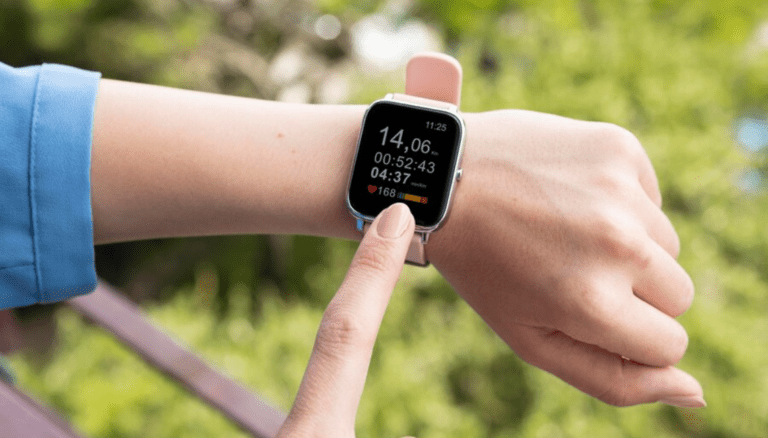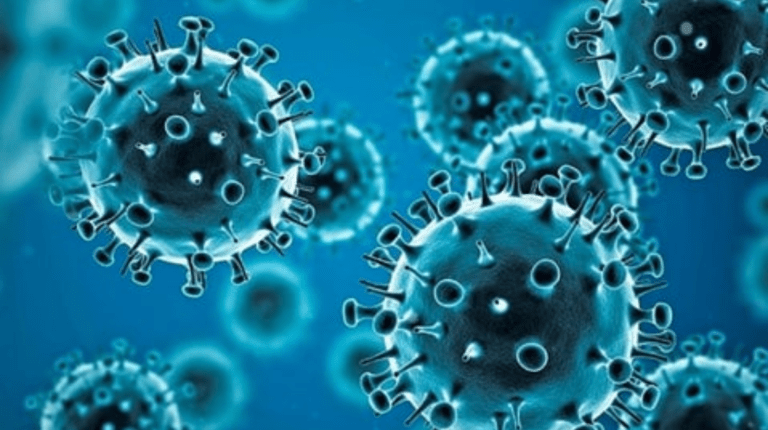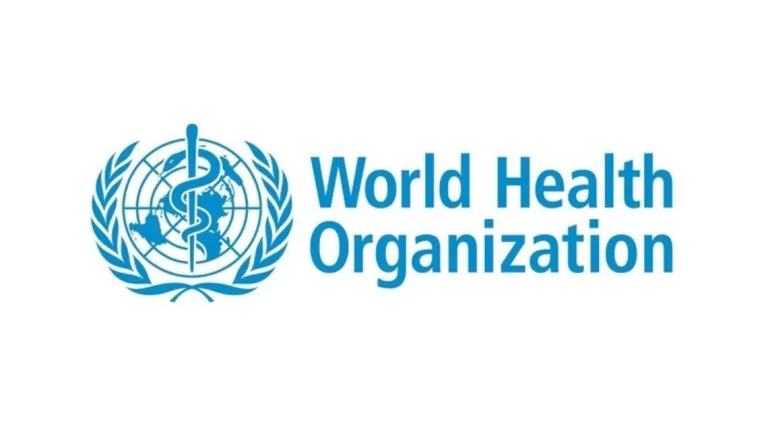You’re eyeing that tempting slice of cake or reaching for a bag of crispy biscuits. Hold on! These ultra-processed foods often contain sneaky additives called emulsifiers, like xanthan and guar gum. They’re not just there to make your snacks look pretty – they also enhance taste and texture, making them hard to resist.
But here’s the catch: Research, published in The Lancet Diabetes & Endocrinology, suggests that regularly indulging in these emulsifier-laden treats might hike up your chances of developing Type 2 diabetes. That’s because certain emulsifiers can mess with your body’s glucose metabolism, potentially setting the stage for diabetes down the line.
The study, led by researchers from France’s INRAE, followed a whopping 104,139 adults over 14 years. What did they find? Well, those who consumed higher amounts of specific emulsifiers – think carrageenans, tripotassium phosphate, and others – were more likely to be diagnosed with diabetes. It’s like connecting the dots between your snack choices and your health outcomes.
For instance, carrageenans, found in many processed foods, were linked to a 3% increased risk of diabetes for every extra 100 mg consumed daily. Similarly, other emulsifiers showed varying degrees of risk increase, highlighting the need for cautious consumption.
But here’s the kicker: While these findings sound alarming, they’re not the final word. More research is needed to confirm the link between emulsifiers and diabetes. Still, it’s a wake-up call for both consumers and regulators. Perhaps it’s time to rethink our snack choices and tighten up regulations around food additives to safeguard our health. After all, prevention is always better than cure!











